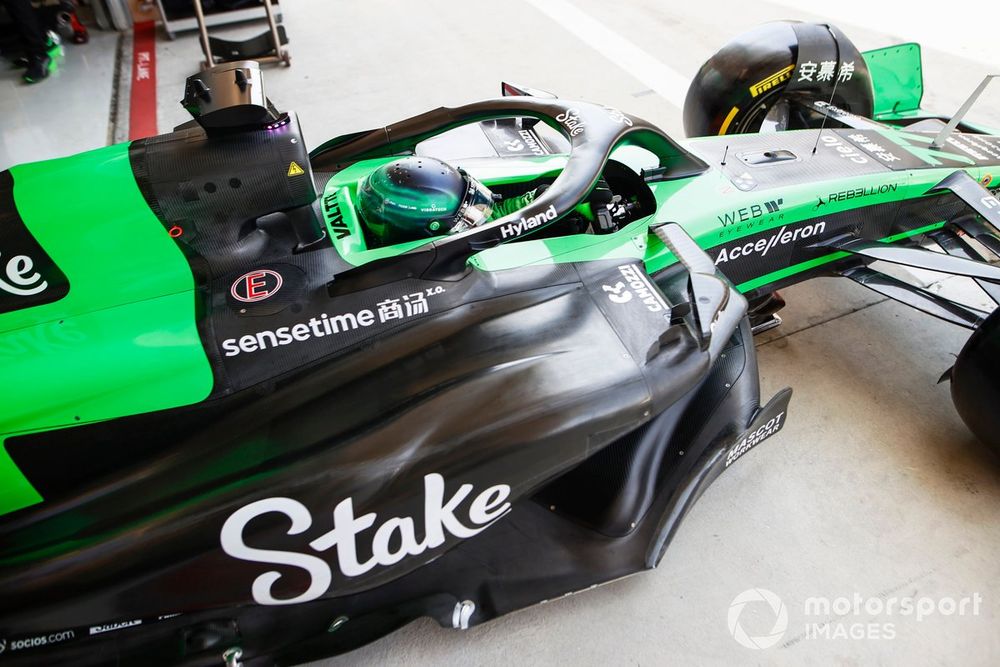Where once the F1 field was full of vibrant liveries that really stood out, F1’s latest ground effect era has witnessed teams strip back to as much bare carbon fibre as possible in a bid to save critical weight from their heavy cars.
It is a trend that shows no sign of abating – as Alpine’s excessively black new A524 has shown – and it has even prompted some discussions about whether or not F1 chiefs need to step in and do something about it.
Should there, for example, be a rule introduced that forces teams to paint the entirety of their car to ensure that we have a grid full of beautiful-looking machinery?
It’s a nice idea. But, as always in F1, the devil is in the detail and framing such regulations to force teams to paint their cars would be very, very difficult.
It’s something that one of F1’s leading paint experts agrees is hard to see working, as he thinks there would be endless complications from trying to regulate the area.
Mark Turner helped found Silverstone Paint Technology in 2008. The company now works with the majority of the F1 grid, even if it cannot be specific about which teams it operates with.
Speaking to Motorsport.com about whether a rule change is the right way to address F1’s livery problem, Turner said: “I don’t know how you’d regulate it easily, because obviously the surface area and the choice of livery design, [such as] where you’re painting, where you aren’t painting, if you regulate it at minimum, it might make it challenging to actually standardise that across all the cars.”
Valtteri Bottas, Kick Sauber C44
Photo by: Andy Hone / Motorsport Images
While forcing teams to paint cars appears to be a no-go, this isn’t to say that F1 is now trapped in a world where carbon-dominated liveries are here to stay.
Turner is confident it is a problem that is purely related to the current generation of cars – so something that should go away by itself when F1 moves to smaller machinery from 2026.
He says it is important to understand that the issue with paint now is not just because teams are battling to get near the imposed minimum weight limit.
It is also because, as F1 cars have got so much bigger, painting them requires so much more material – so it has started to become a proper performance factor.
“Paint mass has always been on the agenda, it’s just never been a priority,” added Turner.
“I mean, oddly, I think it’s probably moved over time because the cars have…
Click Here to Read the Full Original Article at Motorsport.com – Formula 1 – Stories…

